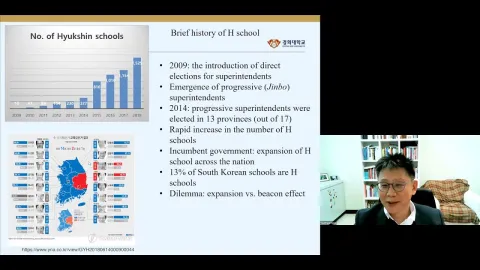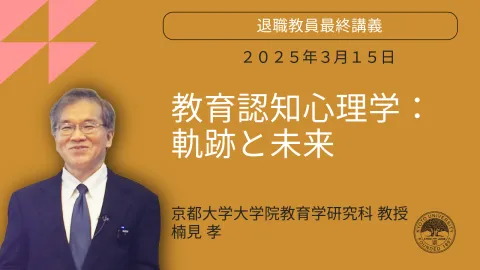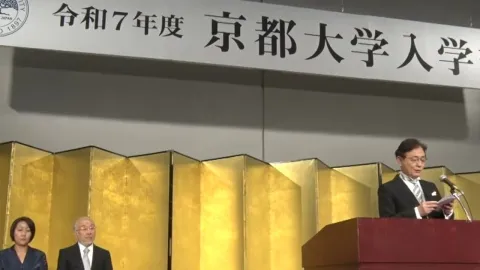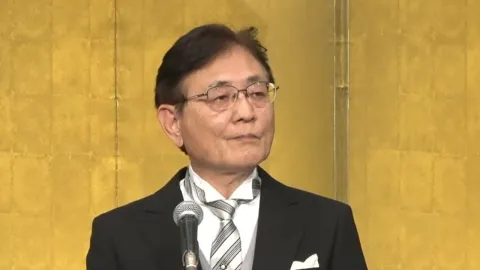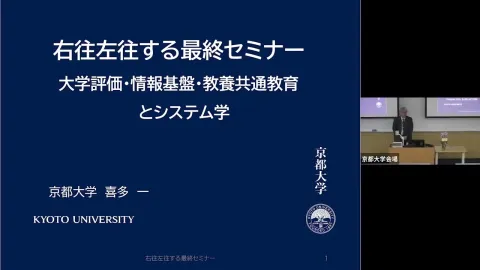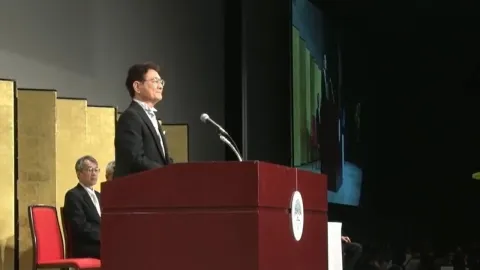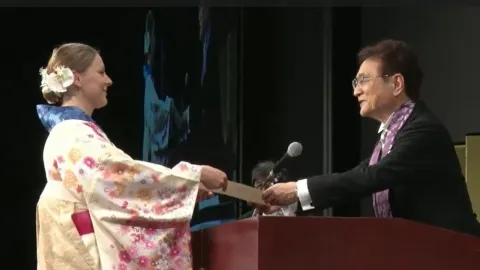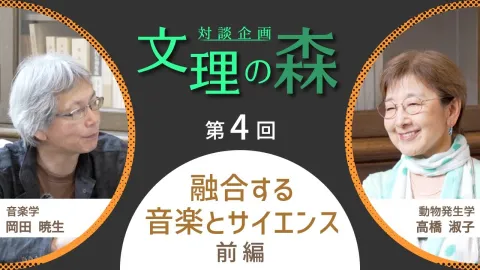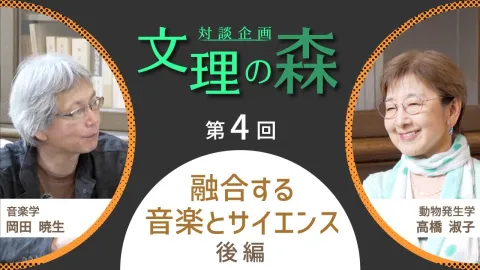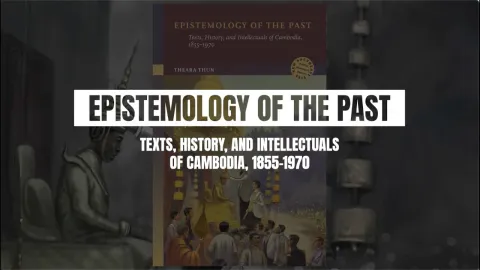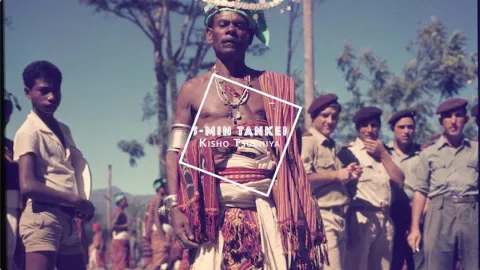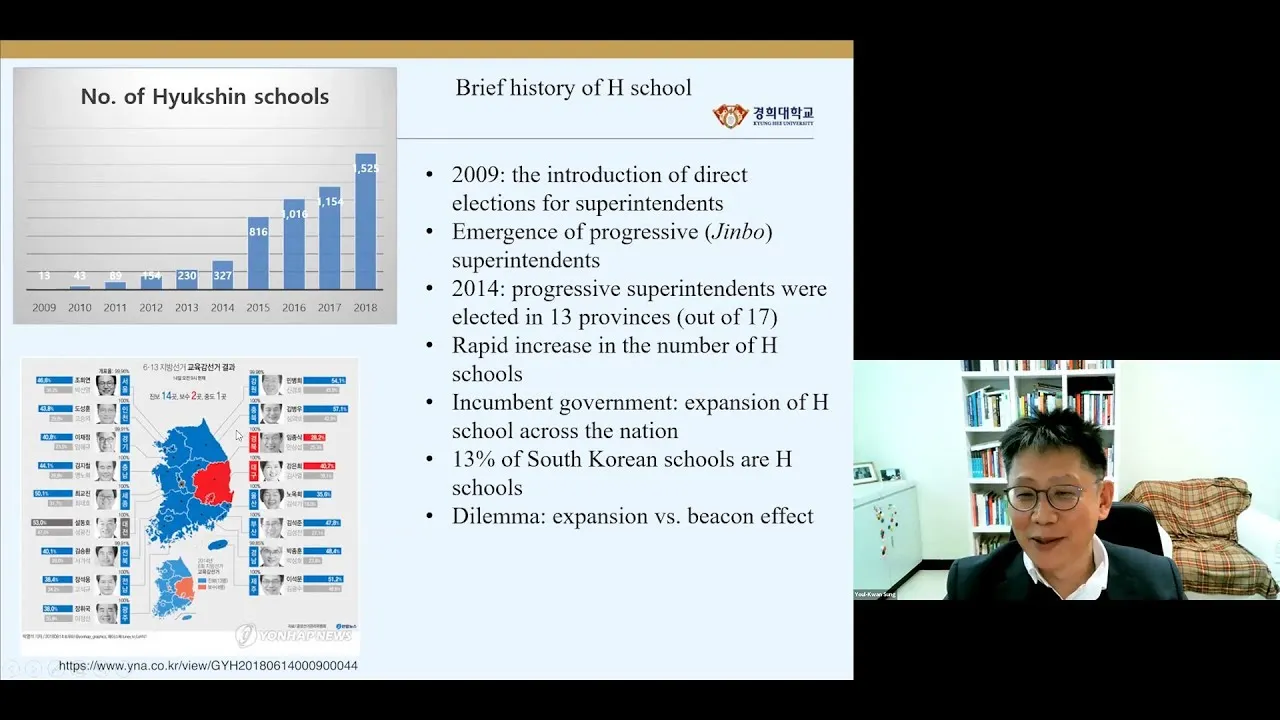
2020 Invited Lecture Series
"Toward Critical, Historical and Transnational Dialogues on Japanese “Model” of Education"
https://ocw.kyoto-u.ac.jp/en/course/216/
Lecture 5
The learning community writ large: Towards a new direction in the East Asian style of education in South Korea and Japan
Youl-Kwan Sung
Professor, Kyung Hee University, Korea
00:00 | Introduction
09:38 | Backgrounds of Hyukshin School movement and about the research
19:35 | Outline of Hyukshin School
33:39 | What changes have been made over the past decade?
46:35 | Six interview questions
1:03:51 | Discussion
Abstract
In South Korea, a whole-school change movement, known as Hyukshin Schools, has been advocated as the most effective model for school improvement. This movement employs a communitarian school-change project strategy that utilizes collaborative learning, students’ voices, and democratic decision-making. Many superintendents, and recently the South Korean government, have adopted this project strategy as a role model for all schools across the nation. This model originally derived from a progressive grassroots movement based on a long history of Korea Teachers Union’s true education (chamgyoyuk). In the process of constructing its identity of Hyukshin School, the activist teachers view social democratic welfare system as the future path of society and tend to be inspired from Nordic welfare states to find out an alternative system for the future of South Korean education. At the same time, they especially at secondary school level adopted communitarian approach to school change from professor Sato Manabu in that his learning community theory has merits in avoiding the shortcomings of existing practices of public education with its failure of “the phenomenon of escaping from learning.” Sato’s argument has merits in understanding the similarity in pedagogical practices across industrialized East Asian nations and regions. According to him, the East Asian style of education is a result of “compressed modernity” with rapid industrialization that has promoted a competition-based education. Hyukshin Schools also pursue a bottom-up movement led by teachers towards a new direction in the East Asian style of education. In this presentation, I will first look at the way some Hyukshin School activists make use of Sato Manabu’s Community of Leaning strategies to their practices especially in promoting collaboration that is indispensable to students’ engagement in class. Second, the presentation will discuss what motived Hyukshin School activists to refer to learning community movement of Japan. Third, I will discuss how teachers in Hyukshin School movement view the educational philosophy, viewpoints of pedagogy and strategies for school change presented by Sato Manabu. As a result of research, I will suggest that value orientation of educational philosophy and perspectives on “good” society are very important motivations in Hyukshin School teachers’ reference to Sato Manabu’s theory and practices. Being careful not to fall into reductionism to the stereotypical image of East Asian education, I will argue that teachers and educators in East Asian countries have to talk, cooperate, and form solidarity toward a new direction of collaborative and democratic education and social justice.
November 20, 2020
Zoom Online
Global Education Office, Graduate School of Education, Kyoto University
この動画は、クリエイティブ・コモンズ・ライセンス“Attribution-NonCommercial-ShareAlike (CC BY-NC-SA)”が付与されています。 私的学習のほか非営利かつ教育的な目的において、適切なクレジット表記をおこなうことで、共有、転載、改変などの二次利用がおこなえます。 コンテンツを改変し新たに教材などを作成・公開する場合は、同じライセンスを継承する必要があります。 詳細は、クリエイティブ・コモンズのウェブサイトをご参照ください。
- 部局
- 分野
- タグ


